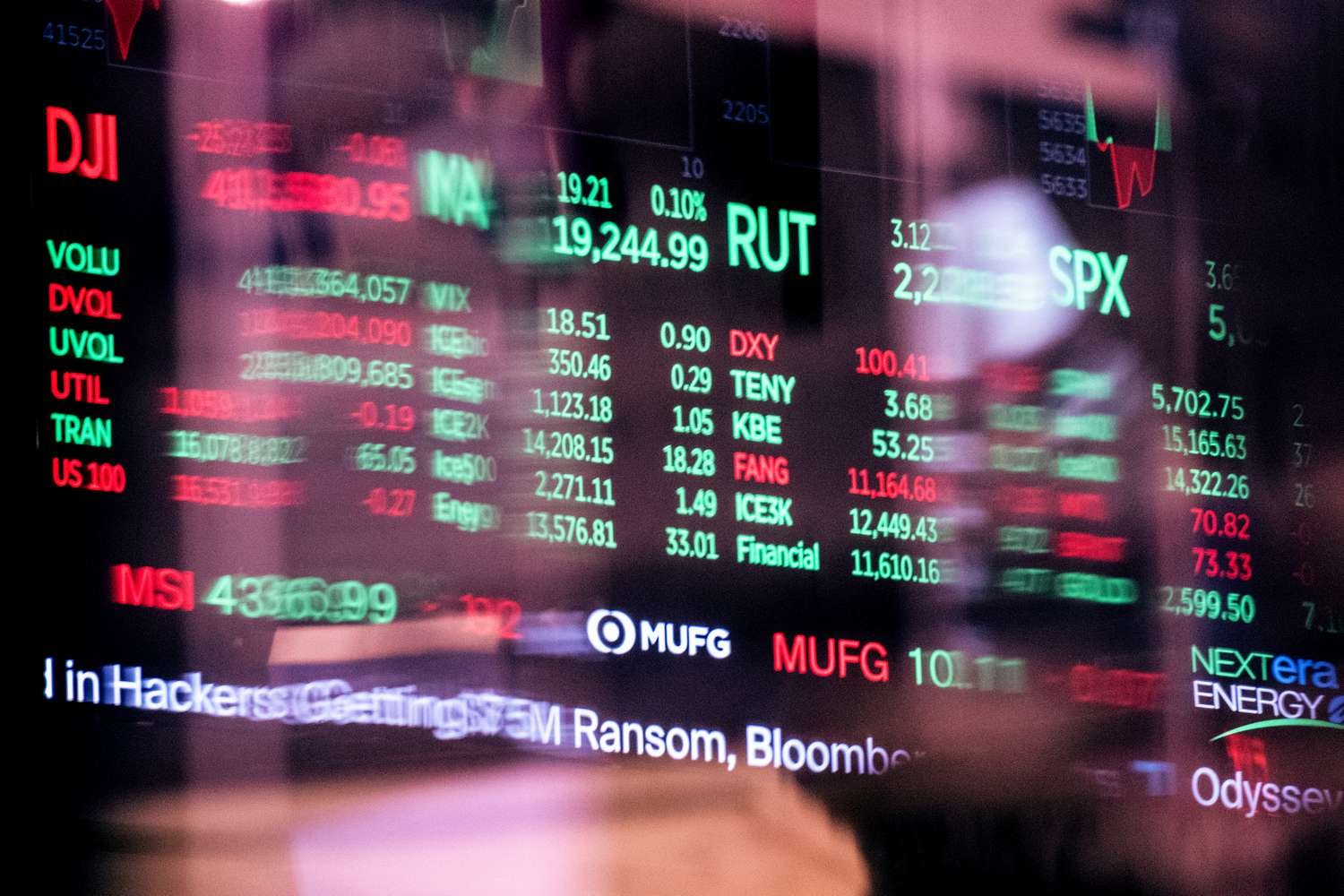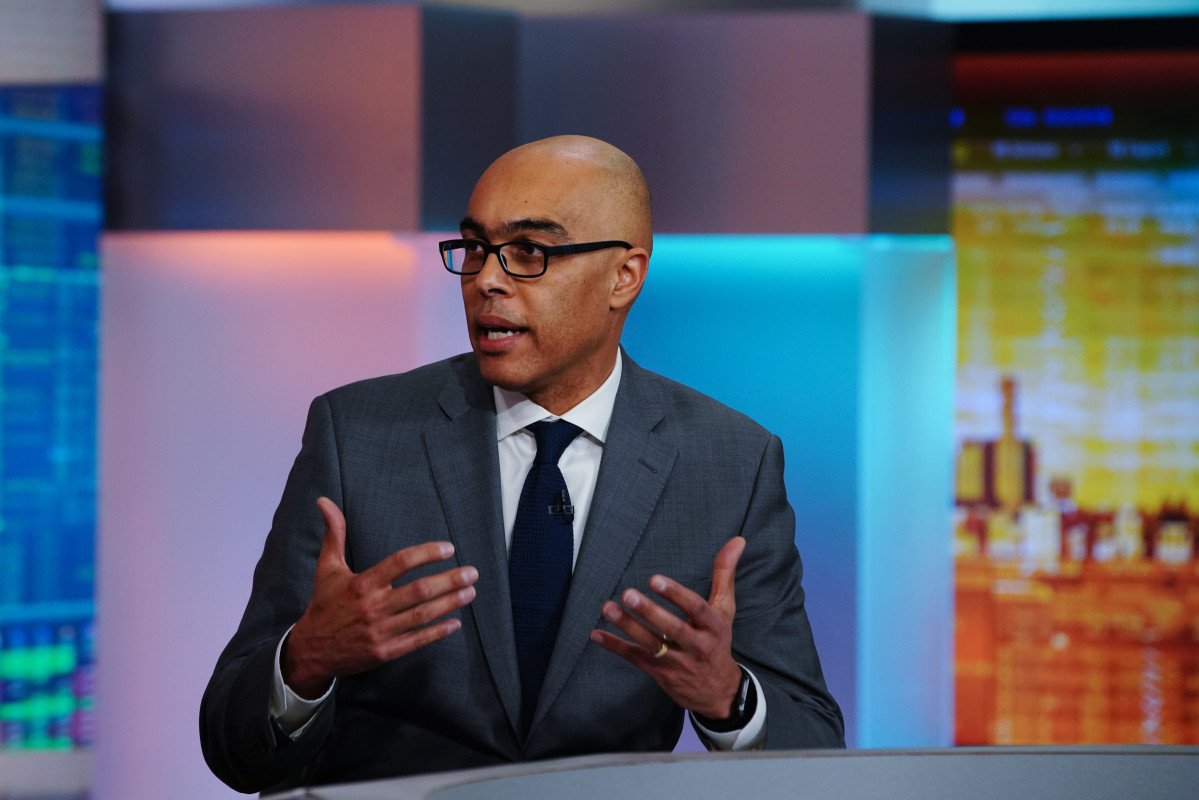The S&P 500 might be starting to look expensive. But that doesn’t make a low-cost S&P 500 ETF a bad idea.
The S&P 500 just hit a fresh all-time high, and if the current bull market continues, it probably won’t be the last one in the near future. But with persistent recession fears and other economic uncertainty, are stocks getting a little too expensive?
The Vanguard S&P 500 ETF (VOO 1.88%) is one of the largest investment vehicles in the world, and many investors consider it to be a backbone of their long-term investment strategy. But is now a good time to invest in the S&P 500, or should investors wait for a better opportunity? Here’s what you need to know.
The S&P 500 might be getting expensive
It’s not just that the S&P 500 is at an all-time high. But there are some other valid reasons to think the index might be getting a little expensive. For example, the average S&P 500 stock trades for a P/E ratio of about 27.5 right now. That’s the highest since the early days of the COVID-19 pandemic, when earnings fell sharply. In the pre-pandemic years from 2016 through 2019, which was generally strong economic times, the P/E of the S&P 500 ranged from about 19 to 24.
Furthermore, the average S&P 500 stock trades for about 4.7 times book value, more than double the valuation of the average small cap stock. So, it’s fair to say that the S&P 500 is expensive. But that doesn’t necessarily mean that it’s a bad time to buy the Vanguard S&P 500 ETF.
Don’t try to time the S&P
One smart lesson to learn is that timing the market is a losing battle. Just because a stock or index looks “expensive” doesn’t mean it can’t go up any further, or that a crash or pullback is imminent. Many investors thought the stock market was ridiculously overvalued in 2015 after rebounding sharply from the financial crisis, only to watch it nearly double over the next five years.
In other words, just because the S&P 500 is trading for a relatively high valuation now, that doesn’t mean it’s at a peak, or anywhere close to one, for that matter. For example, if corporate earnings grow rapidly in the next few years thanks to the falling interest rate environment, a P/E of 27 could be completely justified.
Plus, if you’re a long-term investor, history tells us that investing at a lofty valuation, or a market peak isn’t the worst thing in the world. As an example, arguably the worst time to put money into the stock market in the last two decades is in late 2007, just before the financial crisis sent the S&P 500 plunging by 50% over the next year and a half.
If you had put your money into an S&P 500 ETF on the worst possible day (Oct. 9, 2007), you would be sitting on a total return of 433% today. In other words, even with terrible timing of buying just before the market fell off a cliff, the S&P 500 would have turned a $10,000 investment into $53,300 less than 17 years later.
Don’t put all your money in at once
With all of that in mind, it’s important to say that I’m not suggesting that you put all of your available cash into the Vanguard S&P 500 immediately, or at any other given time.
The entire point of buying an S&P index fund and holding it for the long term is to match the stock market’s long-term performance. And the best way to put yourself in a position to do that is to invest a little at a time.
One great strategy for ETF investing is known as dollar-cost averaging, which involves investing a set dollar amount of money at equal time intervals. For example, you might set up an automated investment of $100 on the first day of every month.
By doing this, you’re guaranteeing yourself a mathematically favorable price over time. You’ll buy fewer shares of the ETF in months when it is relatively expensive, and more shares when it’s relatively cheap. Dollar-cost averaging sets you up for long-term success regardless of what the stock market is doing.
Matt Frankel has positions in Vanguard S&P 500 ETF. The Motley Fool has positions in and recommends Vanguard S&P 500 ETF. The Motley Fool has a disclosure policy.













